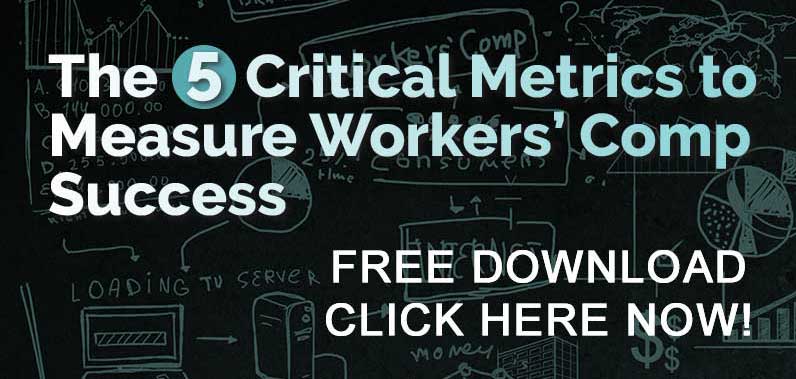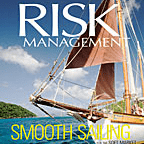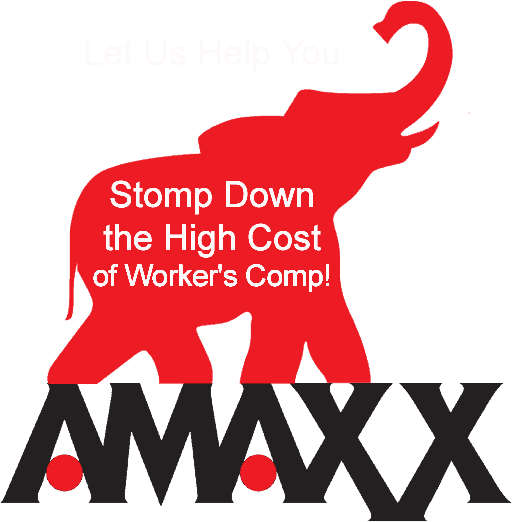By WCK Staff – October 2009
How to Explain the Financial Impact of Workers’ Compensation Insurance to Upper Management.
Get Your Workers’ Comp Costs Under Control
The financial impact of skyrocketing workers’ compensation insurance costs often goes unrecognized. Many businesses think it is just a cost of doing business. That’s a myth. What is NOT a myth: Workers’ compensation costs CAN be controlled and CAN be contained whether your company is a Fortune 500 or mid-size employer. Work comp cost control techniques work in every state, every industry. And the average reduction is 20-50%.
Click for Printer-Friendly PDF Version of This Article |
Workers’ compensation (WC) insurance is a type of property and casualty business insurance. It is a “line” of insurance coverage. A business insurance broker or agent specializing in workers’ compensation can explain how premiums are calculated, how you can reduce your premiums and how you can keep your costs down. All WC coverage is ultimately determined by how much in losses the underwriter (insurance company) anticipates your company will incur.
Annual Cost of Workers Compensation is the Largest Percentage of Insurance Costs
For most companies, workers’ compensation is the largest percentage of their insurance dollar; often as much as 30%, according to the 2009 RIMS® Benchmark Survey. For Professional Employee Organizations (PEO), and trucking companies, workers’ comp cost is often second only to their payroll expense.
Employers, insurers and brokers working together have strong incentives to cut back the cost of workers’ compensation. When beginning such an initiative, the risk manager must gain the support of senior management, employees and physicians to implement a holistic program. The broker must get the figures to substantiate the development of cost containment initiatives.
How to Get Started
Why do most employers stop cost-control initiatives before they even get started? Because getting started is the most difficult step in the whole process! Risk managers may have trouble gaining management commitment because the process itself is perceived as too costly or difficult; so instead, they must use a step-by-step approach, both manageable and fun.
Step 1: Show Financial Impact – How Much Does It Cost Your Company?
The financial impact of workers’ compensation can be seen by using the Workers’ Comp Calculator to show how much in EBITA (Earnings Before Interest, Taxes and Amortization) or sales it takes to replace the cost of workers’ compensation insurance losses on your company’s bottom line.
Step 2: Translate the Financial Impact into Industry-specific Terms
To gain management commitment, you need to show how the financial impact of WC costs affects business operations and also how to solve the problem. Do your research before approaching management. To show how workers’ comp affects operations, compare the cost of WC to a meaningful metric in your industry.
- If you are in the hotel industry, for example, compare your losses to the number of hotel rooms needing to be sold to replace the cost of WC losses on the bottom line. If you are in the transportation industry, compare your losses to miles needing to be paid for to replace the cost of these losses. If you are in the entertainment industry, calculate how many entrance fees are needed to pay for the cost of workers’ compensation, etc.
- Or, if every 5th day goes to replace those sales, take a calendar and mark a huge red “X” on every 5th calendar day to illustrate your point.
- Or, if the sales of one of ten company divisions are spent paying for workers’ comp, place icons for all ten divisions on a map and put a big red “X” over the tenth division paying for workers’ comp.
- Brainstorm with your team to figure out a metric that will hit home with your management.
- Determine the cost of an average claim, as well as a large claim, and then convert these to the overall cost to replace that money on the bottom line.
- Do the same thing with your TOTAL INCURRED losses for one year and for all outstanding claims. Using this gross amount will put the total problem in proportion.
Step 3: Show How Reducing Lost Days Will Help Control WC Insurance Costs
To calculate the financial impact of having too many employees out of work, and not having a light duty, modified duty or transitional duty work program, use the Transitional Duty Cost Calculator. The Calculator is a very useful tool showing how much you can save in EBITA or sales by bringing injured employees back to work within an appropriate disability duration timeframe.
Step 4: Use Cost Comparisons
In 2008, the average cost per employee of workers’ comp was $755, as reported in 2009 RIMS® Benchmark Survey. The survey is further broken down by size of company and by 14 industry groups. Generally, the cost per employee is lower for larger companies, probably because they have a larger base over which to spread the cost of risk.
Your insurance broker, third-party administrator or insurance company should be able to help you develop a program to reduce the cost of workers’ compensation insurance and retained losses. Amaxx also provides a cost-reduction program in conjunction with Advisen, LTD. There is a discount for RIMS members.
Step 5: Get Your National Workers’ Compensation Management Score™
To start attacking the problem, it is important to find out why the costs are high. Getting your National Workers’ Compensation Management Score™ is an excellent starting point. Much like a credit score, the employer learns how many best practices they have implemented in each business location. There is a discount for RIMS members.
Print this article (PDF opens in new window)



 Local Rx: Developing Return-to-Work Programs in Unionized Companies
Local Rx: Developing Return-to-Work Programs in Unionized Companies